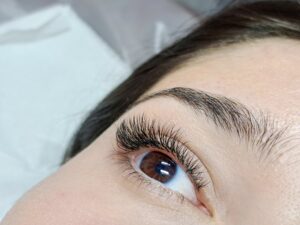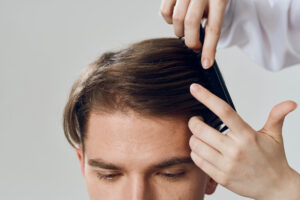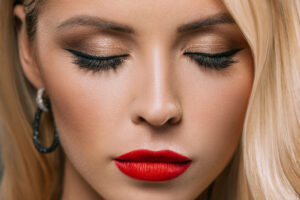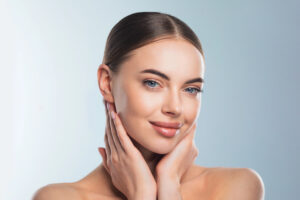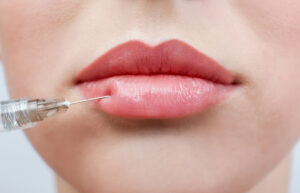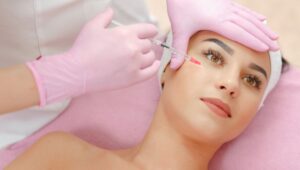Building a skincare routine can be daunting. Out of many ingredients, some have become household names, one that you must have heard about a lot: retinol. Some of us are familiar with retinol as an antiaging skincare ingredient, while others describe it as a treatment for acne. Yet, ironically, this revolutionary, youth-enhancing skincare ingredient mystifies and is often underutilized or misused. Read on to learn how retinol is a worthy skincare ingredient.
What is Retinol?
Retinol is a category of retinoid derived from vitamin A, one of the essential nutrients to boost cellular turnover. Many people consider it an exfoliant, but it is an antioxidant.
Several variations of retinoids are present in face creams, lotions, eye creams, and serums. Although retinol and retinyl palmitate are two over-the-counter retinoids, retinol is more potent and effective than retinyl palmitate. Other retinoids in skincare products are retinoic acid, retinyl esters, and retinaldehyde.
The most bioavailable retinoid is retinoic acid. This is because it does not need to convert into anything and acts faster than other types of retinoids. But this type is only available in a prescription form, most commonly as Retin-A. In topical form, it can cause skin irritation. Retinol is twenty times less potent than retinoic acid and is the most frequently used form in skincare products.
How Does Retinol Work on the Skin?
When applied to the skin, it changes into retinoic acid, which induces exfoliation. It allows the skin to function normally and continue regular cell renewal. The smaller molecules of retinol go deep beneath the epidermis to the dermis. In the middle layer of skin, it counterbalances free radicals and boosts collagen and elastin production. It leaves a plumping effect and reduces the appearance of fine lines, wrinkles, and enlarged pores. In addition, it helps to treat acne and scarring.
When to Add Retinol to Your Skincare Routine?
Most people start to use retinol after their 30s. It is great to add it to your daily skincare routine when you observe the earliest signs of aging, like sunspots and crow’s feet. According to dermatologists, your mid-twenties are the right time to start using retinol.
How to Add Retinol to Your Skincare Practice?
Retinol can be irritating at first. Always start with a pea size amount with the lowest percentage formula of 0.01% to 0.03%. Use it once or two times a week, then increase the usage gradually. It is better to skip using retinol the day you exfoliate your skin because exfoliation can make your skin sensitive, and retinol can heighten skin irritation.
Retinol makes the skin sensitive to UV rays and sunlight. So, this is the ingredient you should limit using at night. Instead, use a broad-spectrum sunscreen in the morning to protect your skin against sun damage.
What Should You Consider When Buying a Retinol Product?
Hundreds of thousands of retinol products are available in the market. Therefore, it becomes hard to choose the one for yourself. Therefore, it is essential to look at what a product includes in addition to retinol. The traditional formulas used high percentages of retinol without hydrating ingredients. The product, without moisturizing components, causes redness and inflammation, so look for a serum or cream with some moisturizing actives and retinol to protect the moisture barrier and improve the skin condition. You can check 0.5% Retinol complex at James Christian Cosmetics. It is specially formulated to target the aging signs, adding volume, and plumping the skin surface.
*Information in this article is not medical advice and may not be factually accurate. It is intended for entertainment purposes only. Consult with a physician before attempting any tips in this blog post and to get the most up to date factual data about any procedure or treatment.







